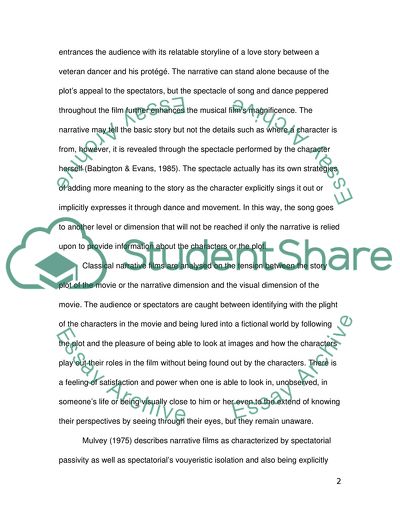Cite this document
(The Musicals Use of Narrative and Spectacle Essay Example | Topics and Well Written Essays - 2750 words, n.d.)
The Musicals Use of Narrative and Spectacle Essay Example | Topics and Well Written Essays - 2750 words. https://studentshare.org/visual-arts-film-studies/1873042-musical
The Musicals Use of Narrative and Spectacle Essay Example | Topics and Well Written Essays - 2750 words. https://studentshare.org/visual-arts-film-studies/1873042-musical
(The Musicals Use of Narrative and Spectacle Essay Example | Topics and Well Written Essays - 2750 Words)
The Musicals Use of Narrative and Spectacle Essay Example | Topics and Well Written Essays - 2750 Words. https://studentshare.org/visual-arts-film-studies/1873042-musical.
The Musicals Use of Narrative and Spectacle Essay Example | Topics and Well Written Essays - 2750 Words. https://studentshare.org/visual-arts-film-studies/1873042-musical.
“The Musicals Use of Narrative and Spectacle Essay Example | Topics and Well Written Essays - 2750 Words”. https://studentshare.org/visual-arts-film-studies/1873042-musical.


